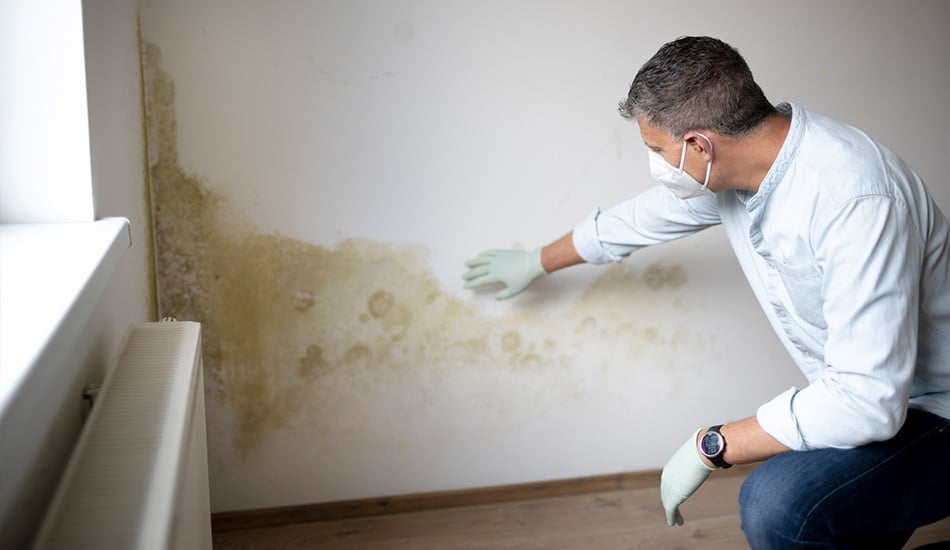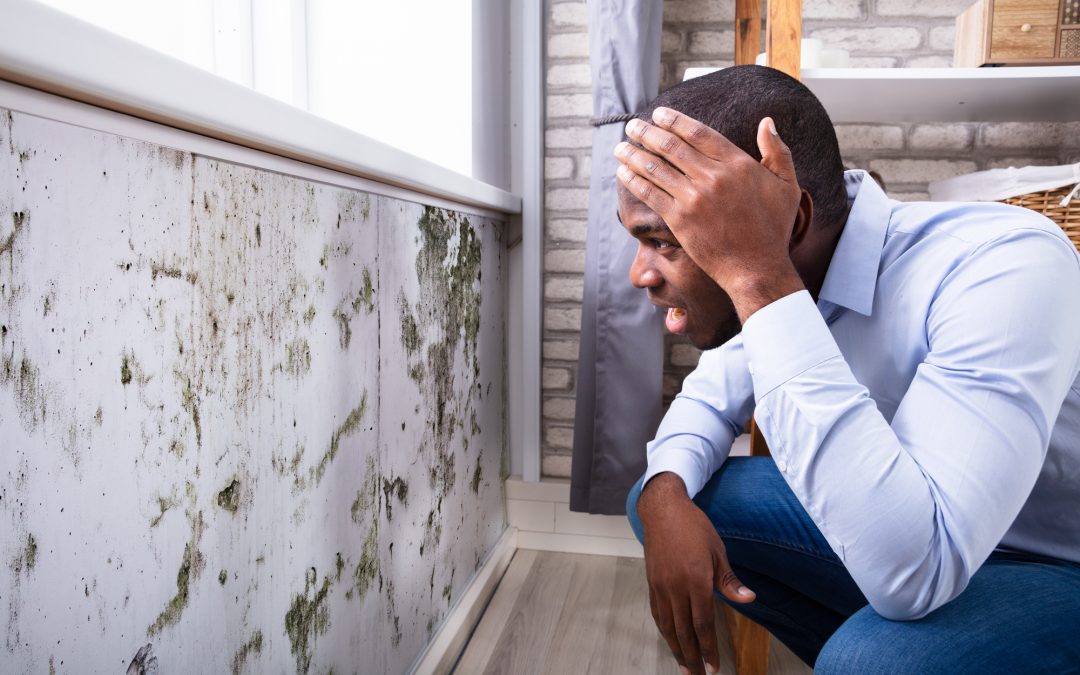Essential Actions After Mold Remediation
Specialist Tips for Article Mold Remediation Success
In the realm of mold and mildew remediation, successfully removing mold and mildew is only half the battle; the true obstacle lies in stopping its reappearance. By sticking to professional tips and best practices, people can guard their spaces against mold and mildew renewal and preserve a healthy and balanced interior setting.
Display Humidity Degrees Frequently
After finishing mold remediation procedures, preserving ideal humidity levels is crucial to protect against mold re-growth and guarantee a healthy and balanced indoor atmosphere. High moisture levels above 60% develop a conducive setting for mold and mildew to thrive, making normal checking a proactive step to avoid any future mold concerns.
In addition, developing a regular schedule for humidity checks, specifically in risky locations such as restrooms, cooking areas, and basements, is a positive method to mold and mildew prevention. By constantly keeping track of moisture levels, residential or commercial property owners can effectively reduce the danger of mold and mildew reoccurrence and maintain a healthy interior atmosphere post-remediation.
Conduct Thorough Inspections Post-Remediation
Complying with the conclusion of mold removal procedures, it is crucial to perform thorough evaluations to validate the efficiency of the removal procedure. These post-remediation inspections are critical in ensuring that the mold concern has been successfully attended to and that there is no recurrence or remaining mold and mildew development. Examinations should be accomplished by qualified professionals who have expertise in determining mold and evaluating interior air top quality.
Throughout these examinations, various approaches such as aesthetic assessments, air tasting, and surface area sampling might be employed to extensively review the remediated areas. Visual assessments entail a comprehensive examination of the properties to inspect for any kind of noticeable indications of mold development or water damage. Air tasting helps in identifying the airborne mold and mildew spore levels, while surface tasting can spot mold and mildew particles on surface areas.
Implement Appropriate Air Flow Approaches
After ensuring the efficiency of the mold remediation process via thorough evaluations, the next important step is to focus on implementing correct ventilation strategies. Sufficient air flow is important in stopping mold and mildew reoccurrence by controlling dampness degrees and promoting air blood circulation.
Proper air flow not only aids in protecting against mold development yet likewise contributes to the total wellness and comfort of occupants. By making certain ample air flow throughout the home, you can reduce the threat of mold and mildew regrowth and create a much healthier living atmosphere.

Usage Mold-Resistant Products for Services
To boost the lasting performance of mold and mildew removal efforts, including mold-resistant products for repair work is vital in minimizing the threat of future mold and mildew growth. Mold-resistant products are designed to stand up to dampness and hinder mold growth, making them an essential selection for locations susceptible to moisture and moisture. When repairing areas impacted by mold, using products such as mold-resistant drywall, mold-resistant paints, and mold-resistant caulking can assist stop mold reoccurrence.
Mold-resistant drywall is an outstanding choice to standard drywall in areas like basements and shower rooms where wetness levels are higher. When exposed to damp conditions, this type of drywall has a special finish that withstands mold and mildew development even. Additionally, utilizing mold-resistant paints consisting of antimicrobial agents can better inhibit mold growth on wall surfaces and ceilings.
In locations where wetness is common, such as bathroom and kitchens, making use of mold-resistant caulking around home windows, visit this site sinks, and bathtubs can assist seal out water and avoid mold and mildew from holding in fractures and gaps. By investing in these mold-resistant materials during repair work post-remediation, you can significantly minimize the probability of future mold and mildew problems click here to find out more and maintain a much healthier indoor atmosphere.
Maintain Tidiness and Address Water Issues
Making sure cleanliness and immediately dealing with water issues are basic methods to maintain in protecting interior rooms from mold reinfestation. After mold remediation, it is essential to preserve a clean atmosphere to avoid the regrowth of mold (Post Mold Remediation). Normal cleaning, dusting, and vacuuming can aid eliminate any sticking around mold and mildew spores and prevent them from resolving and multiplying. Furthermore, maintaining indoor areas completely dry and attending to any type of water concerns quickly is vital in mold avoidance. Leaks, water invasion, or high humidity degrees can develop the perfect reproduction ground for mold, so it is vital to fix any water-related troubles right away.
To preserve tidiness, take into consideration using HEPA filters in vacuums and air purifiers to trap mold spores and avoid their circulation airborne. Additionally, making certain proper air flow in locations vulnerable to moisture buildup, such as bathrooms and kitchens, can assist keep moisture degrees in check. By walmart mold removal products staying alert regarding cleanliness and attending to water concerns promptly, you can efficiently protect against mold and mildew reinfestation and preserve a healthy and balanced interior setting.
Final Thought

In the realm of mold and mildew removal, efficiently eradicating mold and mildew is only half the fight; the true obstacle lies in preventing its reappearance. After completing mold removal procedures, preserving optimum moisture levels is critical to prevent mold re-growth and make certain a healthy interior setting. High humidity degrees above 60% create a conducive setting for mold to flourish, making routine keeping track of a positive step to protect against any future mold and mildew problems.
To boost the long-lasting performance of mold remediation efforts, including mold-resistant materials for fixings is crucial in alleviating the threat of future mold development. After mold remediation, it is vital to preserve a tidy atmosphere to prevent the regrowth of mold.